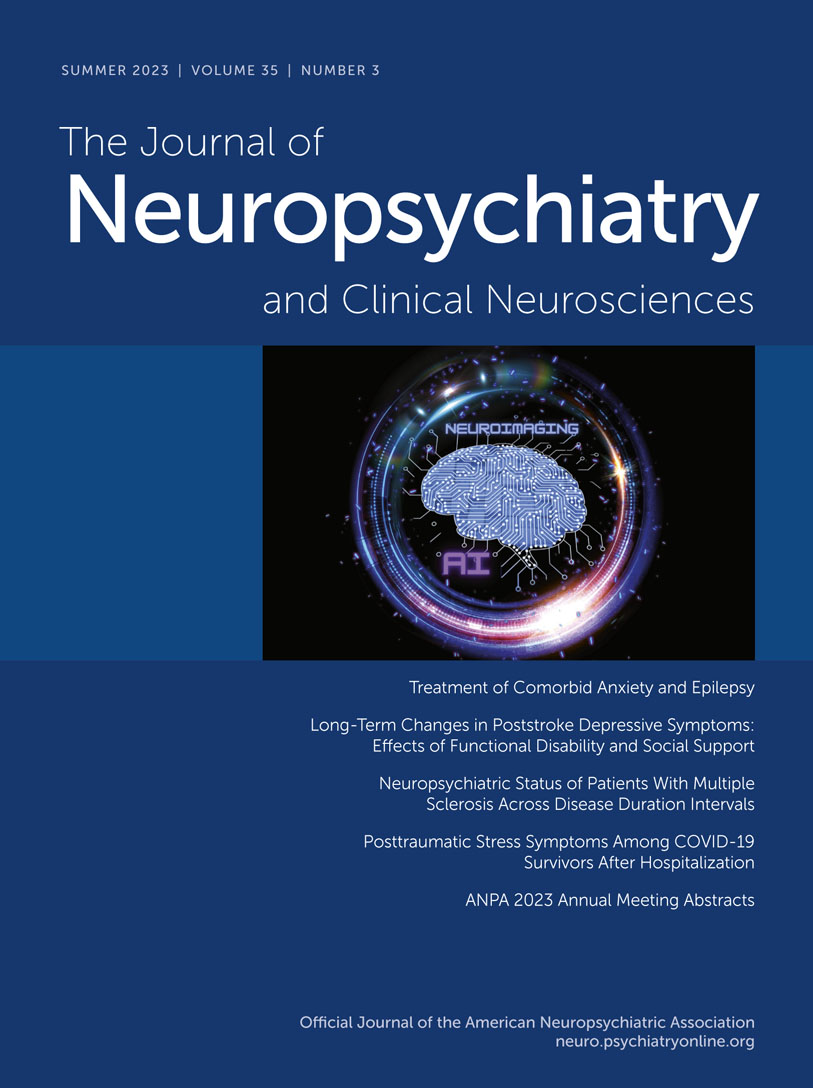Abstract
Objective:
Limited data are available on posttraumatic stress symptoms (PTSS) among COVID-19 survivors. This study aimed to contribute to this knowledge base.
Methods:
PTSS among COVID-19 survivors who had been hospitalized were investigated. Patients were identified as COVID-19 positive at hospital admission. COVID-19 survivors were surveyed with the Posttraumatic Stress Disorder Checklist (PCL-5) between March and October 2020 at 5- and 12-month postdischarge follow-up points.
Results:
Of 411 patients, 331 (81%) survived to hospital discharge. Of these survivors, 83 (25%) completed the PCL-5 at the 5-month follow-up. Of those patients, 12 (14%) screened positive for PTSS. At the 12-month follow-up, four of eight patients remained PTSS positive. Mean age of follow-up participants was 62±15 years; 47% were women, 65% were White, and 63% were Hispanic. PTSS-positive patients were predominantly non-White (67% vs. 30%, p=0.02), and although the differences were not statistically significant, these patients tended to be younger (56 vs. 63 years, p=0.08) and have shorter intensive care unit stays (2.0 vs. 12.5 days, p=0.06). PTSS-positive and PTSS-negative groups did not differ significantly in prehospitalization neurological diagnoses (11% vs. 8%), psychiatric diagnoses (17% vs. 21%), and intensive care admission status (25% vs. 25%). More patients in the PTSS-positive group had returned to the emergency department (50% vs. 14%, p<0.01) and reported fatigue at follow-up (100% vs. 42%, p<0.001). In the multivariate logistic regression model, non-White race (OR=11, 95% CI=2–91) and returning to the emergency department (OR=19, 95% CI=3–252) were associated with PTSS-positive status.
Conclusion:
PTSS were twice as common among hospitalized COVID-19 survivors than among those in the general population.
Access content
To read the fulltext, please use one of the options below to sign in or purchase access.- Personal login
- Institutional Login
- Sign in via OpenAthens
- Register for access
-
Please login/register if you wish to pair your device and check access availability.
Not a subscriber?
PsychiatryOnline subscription options offer access to the DSM-5 library, books, journals, CME, and patient resources. This all-in-one virtual library provides psychiatrists and mental health professionals with key resources for diagnosis, treatment, research, and professional development.
Need more help? PsychiatryOnline Customer Service may be reached by emailing [email protected] or by calling 800-368-5777 (in the U.S.) or 703-907-7322 (outside the U.S.).



